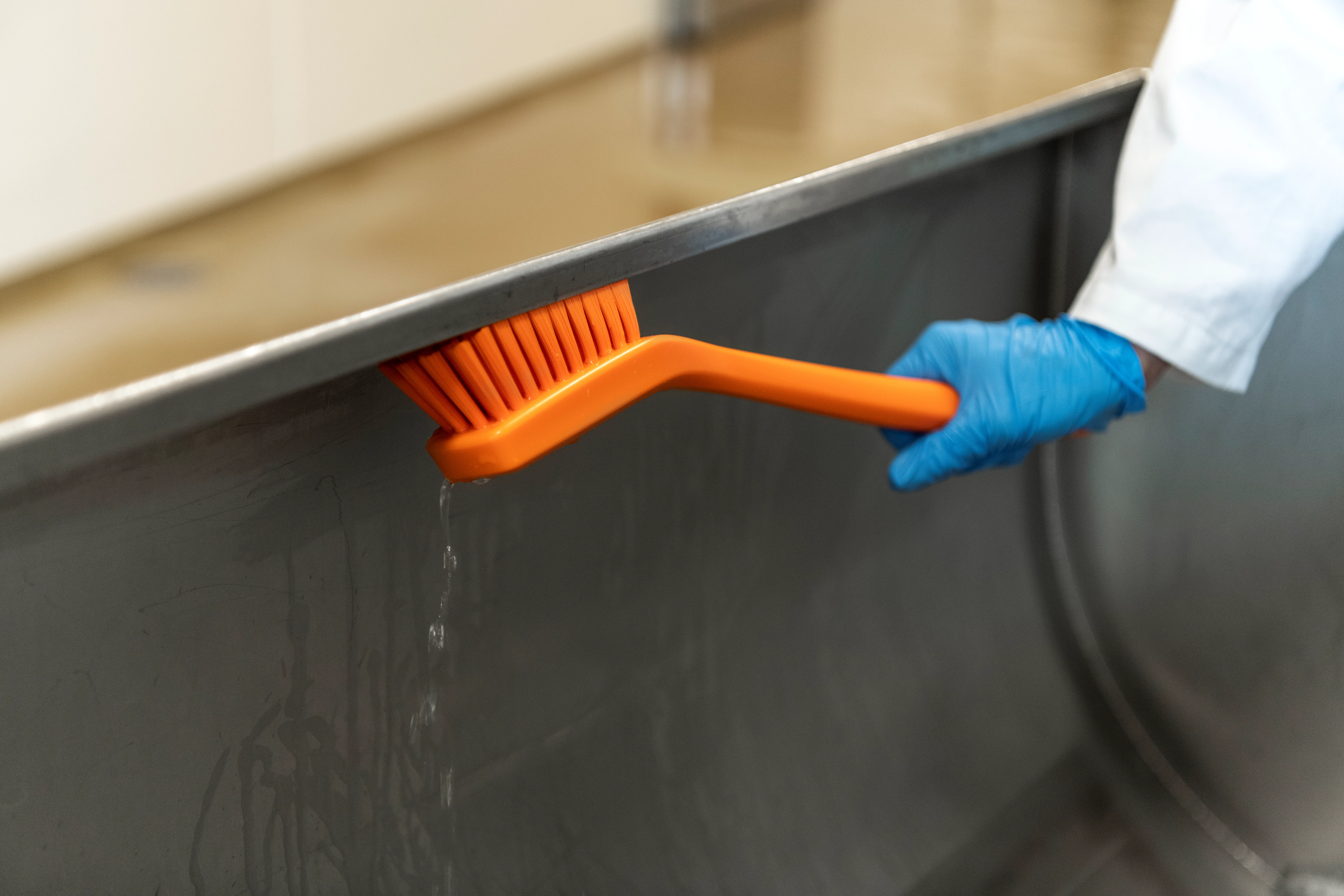Previous blog posts have covered why it's important to color-code your cleaning equipment and food-handling tools, as well as how to set up a color-coding program. This post focuses on how to avoid the most common pitfalls when implementing a new system.
One of the biggest mistakes is not involving enough people in the planning stage. When you include management, purchasing agents, and frontline workers from the beginning, you increase their commitment and ensure smoother implementation. A lack of communication can lead to confusion and resistance later on.
Another issue is rushing the decision-making process. A color-coding system should be carefully planned based on your facility’s specific needs, processes, and any regulatory requirements. It's important to stay flexible and make adjustments as needed to ensure the system works effectively for your team.
Comprehensive training across the entire organization is also essential. Employees at all levels must understand how the system works and why it matters. Training should start early so everyone is prepared from day one.

Please follow the advice of your local authorities on the use of face masks.
A color-coding system that is too complicated can cause confusion and lead to improper or ignored implementation. Keeping it simple is key—limit the number of colors used to ensure clarity and ease of understanding. Simplicity helps everyone stick to the plan and maintain consistency.
In some cases, the chosen colors may not provide enough contrast with the food products involved. Using colors that clearly stand out against the food makes it easier to spot foreign objects like bristles or plastic fragments, improving food safety and quality.
Purchasing departments often look for the cheapest options, whether it's raw materials or equipment. While this might seem cost-effective initially, it can lead to higher long-term costs due to frequent replacements and potential contamination risks. Make sure your procurement team understands the importance of long-term value and food safety when making decisions.
It's easy to get caught up in big-picture thinking, but your color-coding solution must be practical. When designing your plan and selecting tools, ask yourself:
- Does the tool work in real-world conditions?
- Is it durable enough for daily use?
- Is it designed to be hygienic?
- Is it compliant with food contact regulations and comes with proper documentation?
- How easy is it to store and manage?
A Vikan representative can help you avoid these issues by offering a customized color-coding plan tailored to your operations. Contact us for a site survey and let us help make your process safer, more efficient, and free of common pitfalls.
Learn more about color-coding
Learn more about site surveys
Recent blog posts

Mechanical action – an essential factor in biofilm removal
Do you know how important mechanical action is during cleaning in removing biofilms? If not, find out here.

11 useful tips for color-coding in your facility
Here are some key things to consider when planning to color code your tools.
Manual cleaning has never been more important
Advice for hotels, restaurants, and catering (HoReCa) establishments on hygiene measures before reopening.
Sofas OUTDOOR,large outdoor sofa,corner garden sofa set,garden sofa set sale
Foshan Jianermei Furniture Co., Ltd , https://www.minottiitaly.com







